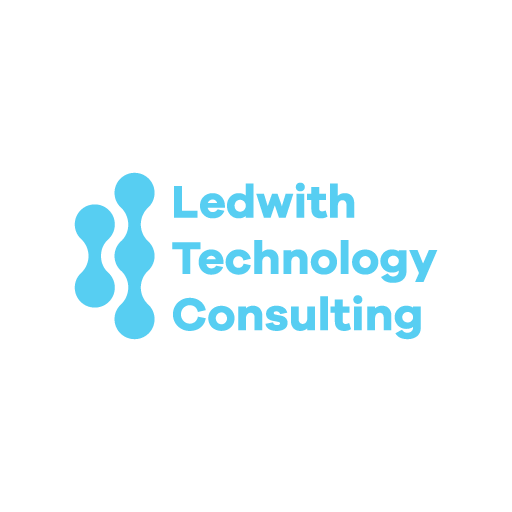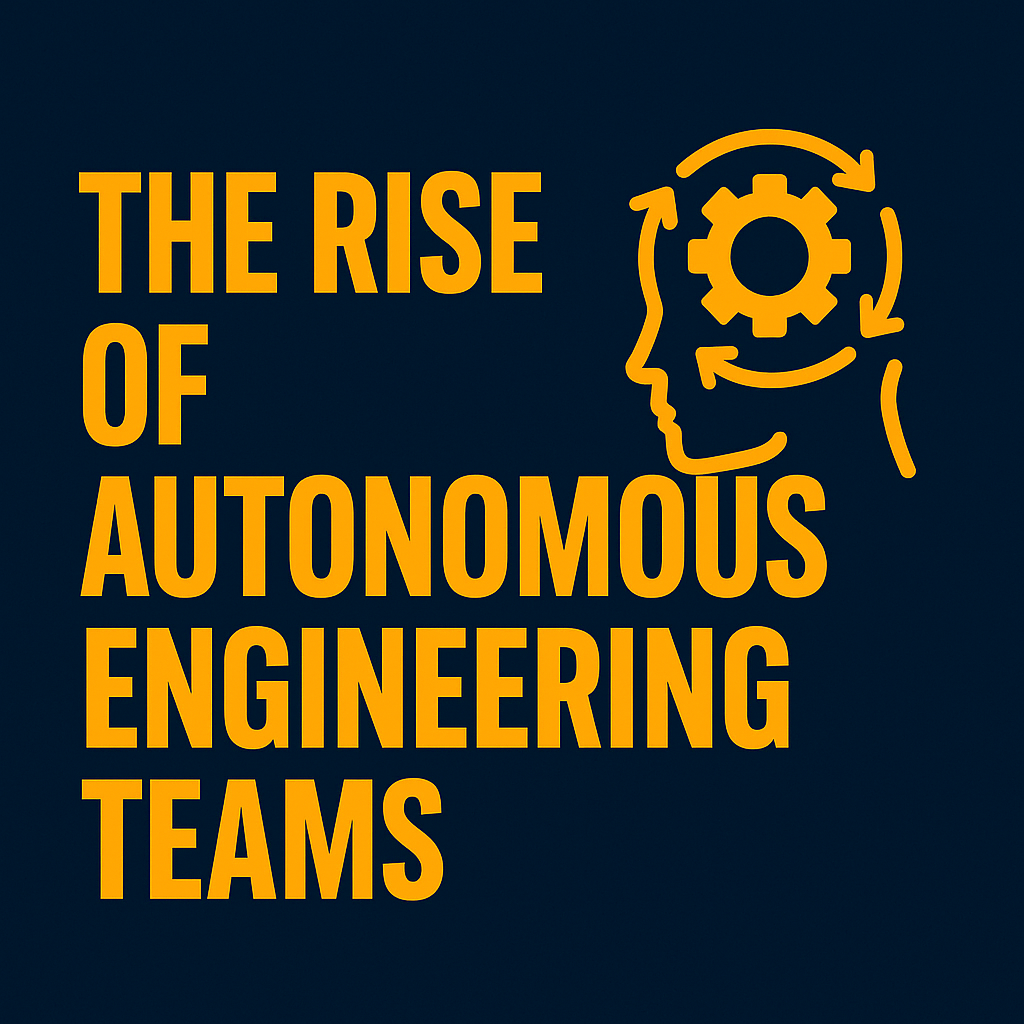AI in Autonomous Teams: Enhancing Processes and Avoiding Pitfalls
Artificial Intelligence (AI) is reshaping the modern technology landscape. In autonomous engineering teams, AI offers incredible opportunities to enhance CI/CD, governance, team structures, and overall productivity. However, adopting AI requires caution and awareness of potential pitfalls. Let’s explore how AI can improve each area we’ve discussed so far—and where teams should tread carefully.





